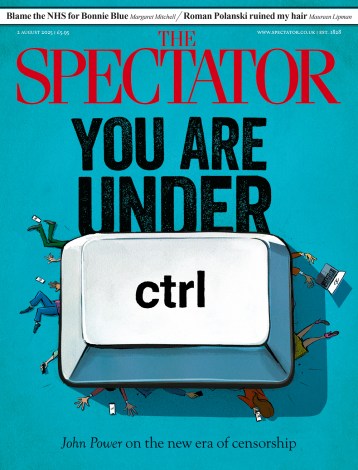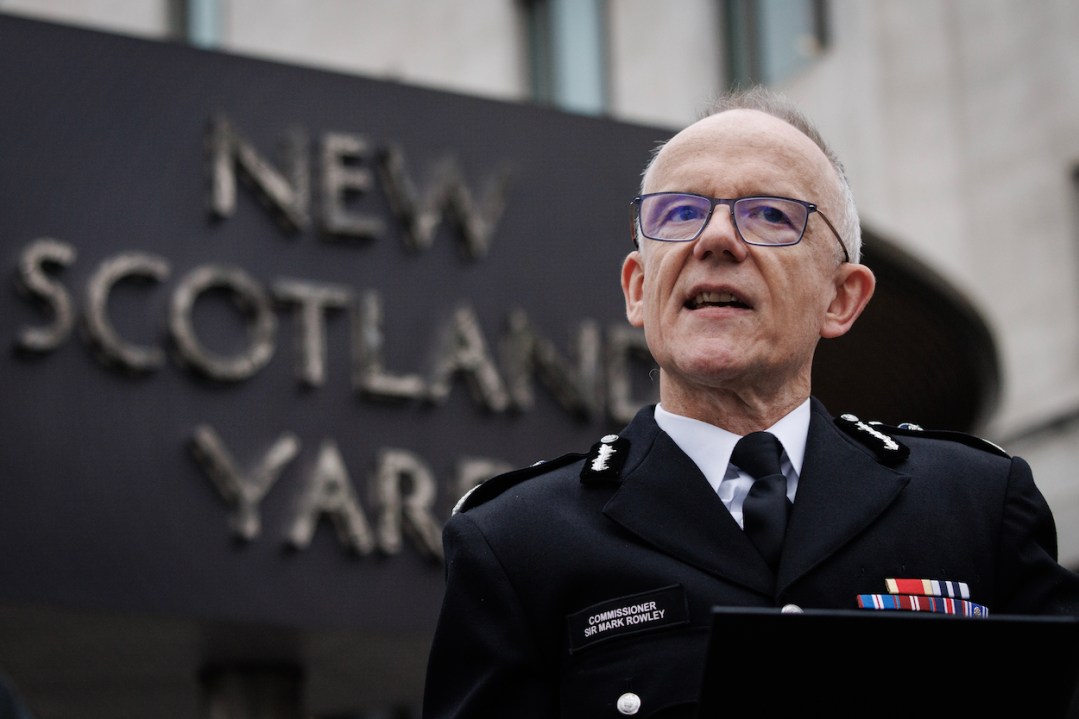It’s a statement of the bleeding obvious: London is in the grip of a street crime epidemic. Between 2021 and 2024, knife crime in London increased by 58.5 per cent to 16,789 offences – the highest number ever recorded. Most, about 60 per cent, are robberies, and in a significant proportion of them the item stolen was a mobile phone. Over 81,000 mobile phones were reported stolen in London last year.
What has gone wrong, who is responsible and what can be done about it? One of the key insights Policy Exchange reveal in its report today is that knife crime is highly geographically concentrated. Only 4 per cent of neighbourhoods account for over a quarter of all knife crime offences and just 15 per cent of neighbourhoods account for over half of all knife crime offences in the capital. About 20 streets in London’s West End near Oxford Circus and Regent Street had more knife crime than nearly 15 per cent of the rest of the capital combined.
By taking a ‘zero-tolerance’ approach to the criminals who stalk these neighbourhoods the police could make a huge dent into the city’s overall rates of knife crime, robbery and theft. So why haven’t they?
Sir Mark Rowley is nearly three years into his five-year term as commissioner of the Met. No one doubts that he inherited a force that was on its knees, with his predecessor having been very publicly pushed out of office.
Taking over an organisation at what many believed was its nadir presented Rowley with one key opportunity: the press, politicians and, most importantly, the public would have backed him to take almost any steps necessary if it meant reshaping the Met as the crime fighting force London needs. Yet when the force finally released their new strategic plan almost a year into the Commissioner’s term – called ‘A New Met’ – it was a damp squib. Triangulated, I imagine, with so-called ‘stakeholders’ – and designed to offend no one – it failed to set a clear crime fighting direction for the country’s biggest and arguably most important police force.
This pandering to stakeholders is one of the force’s biggest strategic mistakes of recent years. (And by ‘stakeholders’, of course, I’m referring to lobbyists campaign groups whose stated aim is often to advance the cause of people of one identity over another.) At the root of the error is a belief that these organisations have an aim in common with the Met: to improve policing. So often, however, lobbyists limit the police’s ability to operate effectively by growing the internal bureaucracy and making crime fighting harder. Until senior officers recognise this, they will continue to be taken for a ride, and the Met will be moved ever further from their core purpose: ‘Crime Fighting First’.
That the force found time to log nearly 15,000 Non-Crime Hate Incidents over the past five years, while showing such glaring ineffectiveness in tackling actual crime, is emblematic of the Met’s deep dysfunction. Policy Exchange was one of the first to call for the abolition of NCHIs in a report published last year and supported by former Met Commissioner Lord Hogan-Howe.
The Met’s second strategic blunder is their inability to deploy the right resources to the tip of the spear. The Met’s senior management have repeatedly said they are making ‘tough choices’ because of constrained finances – but the force’s own numbers show this to be nonsense. There are currently 140 police officers working in the Met’s ‘Transformation Department’, 23 in Human Resources, 21 in the ‘Culture, Diversity and Inclusion’ Department – the examples of police officers doing these non-jobs goes on. As many as 850 police officers could immediately be redeployed to the frontline away from their comfortable desk sinecures.
The Met obsessively panders to ‘stakeholders’
The Met has admitted that three years ago the force had no effective performance management system, didn’t know where all their officers were deployed, had a non-existent workforce planning system and weak financial plans. Were those responsible for overseeing this failing system shown the door? Has any of that sufficiently changed? The reality is that the Commissioner continues to be ill-served by several of his senior team. That he hasn’t given some of these people their marching orders is a mystery.
The third major problem is to be found just down the river from New Scotland Yard – at City Hall. Sir Sadiq Khan has been Mayor of London for nine years – he is the effective Police and Crime Commissioner for London but the steps he has taken have hamstrung the police in their fight against crime. Prior to his election, Sir Sadiq reportedly said: ‘If I’m mayor I’ll do all in my power to further cut [stop and search’s] use.’ The Mayor got his way. Between March 2021 and March 2024, the number of searches fell by 56.4 per cent – that’s 175,613 fewer searches. Yet knife crime has increased dramatically and when the effectiveness of stop and search is raised, the response of the Mayor’s Office for Policing and Crime is dismissive: ‘That’s contested,’ they say.
The Mayor’s deputy is Kaya Comer-Schwartz, the former leader of Islington Council. In July 2024, according to minutes of a council meeting, she ‘expressed pride in pushing back against the disproportionate use of live facial recognition by the Metropolitan Police’. This is a system which has so far led to the arrest of 1,045 wanted suspects – including sex offenders. In March 2023, over a year before the Deputy Mayor’s boastful comments, the Met’s Live Facial Recognition system was subject to an independent evaluation by the National Physical Laboratory. They found no false positive disparities for black individuals or other ethnic minorities when configured as the force does on operational deployments. With friends like the Mayor and Deputy Mayor, who needs enemies?
Sir Mark has two years left of his term as Commissioner. With an explicit and unequivocal ‘Crime Fighting First’ agenda, where the ‘stakeholder’ blancmange and the ‘partnership’ bromides are cut adrift, the Met could still become what the public needs. In future years Rowley might be spoken of as the hero who saved the Met, and perhaps even London itself. The alternative isn’t worth contemplating.








Comments